Project management involves supervising a team’s work to meet project objectives while adhering to specific constraints. These constraints typically include scope, time and costs. Project managers must be aware of the project’s surroundings and risks.
There are many approaches and best practices for managing projects, such as critical chain project (CCPM), agile methodologies, the HERMES Method and the general system-based approach to managing projects. The Association for Project Management (APM) offers professional standards for project management, certifications, a global community of project professionals as well as blogs, research, and other resources for influencers, decision makers and project managers.
It https://trust-advisory.de/treffen-von-projektmanagemententscheidungen-nach-sitzungssaal/ is vital to plan the project properly to ensure its success. This includes determining a project’s technical specifications, preparing an extensive schedule, and creating a communications strategy. It is essential to define the roles and responsibility. You should also decide what you’ll need to purchase and organize a kickoff meeting.
The Gantt chart is a well-known tool for planning projects. It gives project managers to visualize a timeline of their projects and determine the dependencies among tasks. They can also make changes in real-time and assign resources. It also comes with collaboration features that allow team members to update the status of tasks and share changes. They can also collaborate on documents directly within the chart.
To determine the most effective tools for managing your projects review your specific industry needs and evaluate features such as task management, timeline visualizations as well as resource management tools for collaboration such as reporting and analytics and integrations. Choose a tool that fits your budget and will meet your needs.
